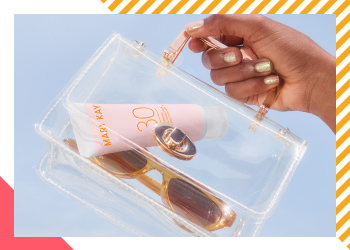
Call me any time! I look forward to hearing from you.
0item(s) in your Bag
X


Call me any time! I look forward to hearing from you.
0item(s) in your Bag
X

Wearing daily sun protection is one of the most effective ways to keep our skin healthy and glowing. With increasing awareness of the harmful effects of UV rays, mineral sunscreens have gained popularity due to their all-physical and non-irritating formulas. In celebration of the launch of our very first 100% Mineral Facial SPF, we asked Chris Haught, Ph.D., Manager of Product Formulation at Mary Kay, for expert advice on everything mineral sunscreen. We’ll explore the benefits to understand its significance in maintaining healthy skin and learn how to incorporate mineral sunscreen in a daily skin care routine.
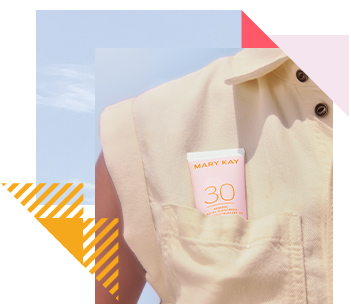
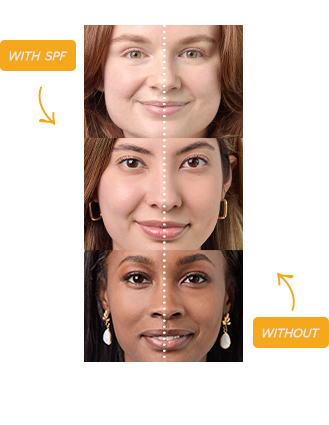
WHAT’S THE DIFFERENCE BETWEEN MINERAL SUNSCREEN AND CHEMICAL SUNSCREEN?
![]()
The main difference between mineral and chemical sunscreens is their active ingredients and the way they protect your skin.
Mineral sunscreens use natural minerals such as zinc oxide or titanium dioxide to create a physical barrier that bounces UV rays off your skin, preventing them from causing damage.
Chemical sunscreens contain synthetic chemicals that absorb UV rays and convert them into heat, which is then released from the skin.

ADD MINERAL SUNSCREEN INTO YOUR SKIN CARE ROUTINE
Mineral sunscreen should be applied to your face as the last step in your skin care routine, right after moisturizer but before makeup. This ensures a seamless application and helps the sunscreen form a protective layer over your skin, sealing in the moisturizer's benefits.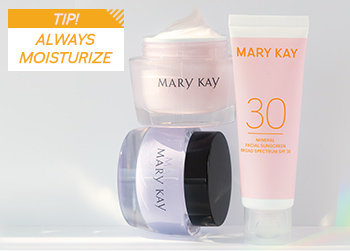
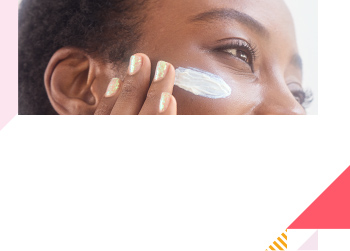
EVERY DAY SUN PROTECTION = HEALTHY SKIN
![]()
It is essential to shield your skin from the damaging effects of UV rays daily by using sunscreen anywhere the skin receives exposure. The sun's harmful UV rays are present year-round, even on cloudy days and during the winter months. Consistent and daily use of sunscreen is crucial to protecting your skin from sun damage and premature aging.
